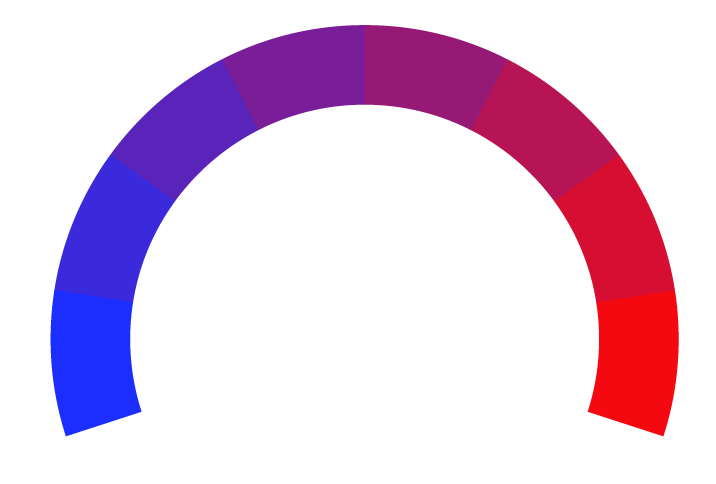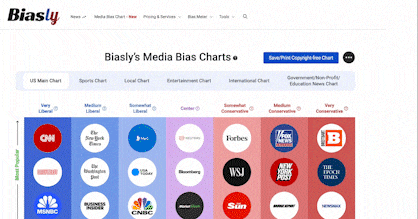Supreme Court Will Hear Admissions Cases, Suggesting Conservatives May Target Affirmative Action
- Bias Rating
- Reliability
N/AN/A
- Policy Leaning
-4% Center
- Politician Portrayal
N/A
Continue For Free
Create your free account to see the in-depth bias analytics and more.
By creating an account, you agree to our Terms and Privacy Policy, and subscribe to email updates.
Bias Score Analysis
The A.I. bias rating includes policy and politician portrayal leanings based on the author’s tone found in the article using machine learning. Bias scores are on a scale of -100% to 100% with higher negative scores being more liberal and higher positive scores being more conservative, and 0% being neutral.
Sentiments
N/A
- Liberal
- Conservative
| Sentence | Sentiment | Bias |
|---|---|---|
Unlock this feature by upgrading to the Pro plan. | ||
Reliability Score Analysis
Policy Leaning Analysis
Politician Portrayal Analysis
Bias Meter
Extremely
Liberal
Very
Liberal
Moderately
Liberal
Somewhat Liberal
Center
Somewhat Conservative
Moderately
Conservative
Very
Conservative
Extremely
Conservative
-100%
Liberal
100%
Conservative

Contributing sentiments towards policy:
57% : The last time the Supreme Court weighed in on affirmative action was in 2016, when the justices unexpectedly ruled 4 to 3 to uphold the University of Texas at Austin's race-conscious admissions policy.54% : The Supreme Court's decision to take that case will make proponents of affirmative action nervous.
52% : Students for Fair Admissions' goal has been to get these case before the Supreme Court so that its firm majority of conservative justices will strike down affirmative action altogether.
40% : Additionally, Chief Justice John G. Roberts Jr., who has occasionally sided with the court's liberal bloc on other key votes, has previously made clear his stance against affirmative action.
*Our bias meter rating uses data science including sentiment analysis, machine learning and our proprietary algorithm for determining biases in news articles. Bias scores are on a scale of -100% to 100% with higher negative scores being more liberal and higher positive scores being more conservative, and 0% being neutral. The rating is an independent analysis and is not affiliated nor sponsored by the news source or any other organization.






















 CHE
CHE